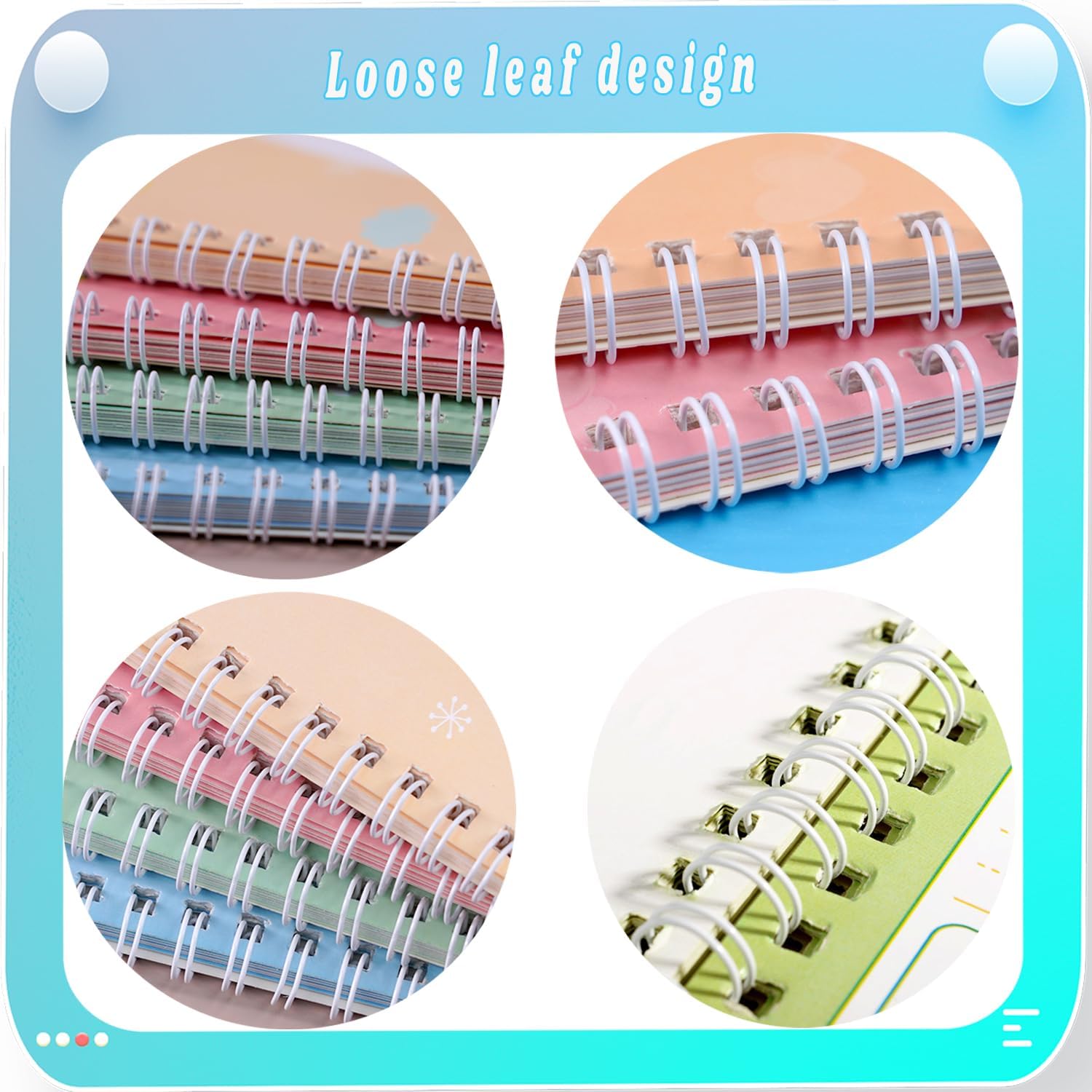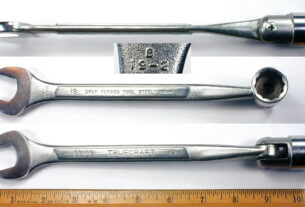Are you tired of the traditional methods of learning that leave you feeling bored and disengaged? Do you wish there was a more effective way to absorb new information? Look no further than the grooved learning tools!
These innovative tools are designed to enhance your learning experience by engaging multiple senses, improving memory retention, and promoting active participation. In this article, we’ll explore the benefits of grooved learning tools and how they can revolutionize the way you learn.
What Are Grooved Learning Tools?
Grooved learning tools are educational aids that utilize a unique texture or pattern to stimulate sensory receptors in the brain. These tools can take many forms, including:
– Textured handwriting paper
– Raised-line drawing paper
– Tactile maps and globes
– Braille books and labels
– Sensory toys and manipulatives
The purpose of these tools is to provide a multisensory experience that supports various learning styles, including visual, auditory, kinesthetic, and tactile learners.
How Do They Work?
The grooves on these tools act as a guide for your fingers, providing feedback and stimulation to your sense of touch. This feedback helps your brain process information more efficiently by connecting it with physical sensations. By engaging multiple senses simultaneously, grooved learning tools improve memory recall and promote deeper understanding.
For example, textured handwriting paper may help children with dysgraphia improve their writing skills by providing a tangible guide for their hand movements. Raised-line drawing paper can assist individuals with visual impairments in creating accurate drawings by providing a tactile outline to follow. Tactile maps and globes allow students to explore geography through touch, while braille books provide access to literature for those who are blind or visually impaired.
Benefits of Grooved Learning Tools
1. Improved Memory Retention
Research has shown that multisensory experiences improve memory retention by creating stronger neural connections in the brain. By engaging multiple senses, grooved learning tools provide a more comprehensive learning experience that promotes better retention of information.
2. Better Engagement
Traditional teaching methods can be monotonous and disengaging, leading to decreased motivation and interest. Grooved learning tools provide a unique sensory experience that captures students’ attention and encourages active participation.
3. Accessible Learning
Grooved learning tools help bridge the gap between traditional classroom materials and the needs of students with disabilities. These tools can be used by individuals with visual impairments, motor skill deficits, dyslexia, ADHD, and other conditions that affect learning.
4. Enhanced Creativity
By providing a new way to interact with information, grooved learning tools can spark creativity and innovative thinking. Students are encouraged to approach problems from different angles and explore new ideas.
5. Improved Confidence
For students who struggle with traditional learning methods, grooved learning tools can offer a sense of achievement and boost self-confidence. By providing an accessible way to learn, these tools allow students to feel successful and empowered.
How To Incorporate Grooved Learning Tools Into Your Learning Experience
1. Identify Your Learning Style
Before incorporating grooved learning tools into your routine, it’s essential to understand your preferred learning style. Are you a visual learner who benefits from diagrams and illustrations? Or do you prefer hands-on activities that engage your kinesthetic sense? Understanding your learning style can help you select the appropriate grooved learning tool for your needs.
2. Experiment With Different Tools
There are many types of grooved learning tools available on the market, so don’t be afraid to experiment until you find what works best for you. Start with one tool at a time and evaluate how it affects your understanding and engagement.
3. Use Regularly
Consistency is key when using grooved learning tools as part of your study routine. Make sure to incorporate them into your daily or weekly study sessions to see the full benefits of these tools.
4. Work With A Professional
If you’re struggling to incorporate grooved learning tools into your routine, consider working with a professional who specializes in multisensory learning techniques. They can provide guidance and support tailored to your specific needs.
Conclusion
The grooved learning tools offer a unique and effective way to enhance your learning experience. By engaging multiple senses, promoting memory retention, and increasing engagement, these tools can revolutionize the way you approach education. Whether you have a disability that affects learning or simply want to improve your study habits, grooved learning tools are worth exploring.
References:
– Cavanaugh, J., & Mercer, C. D. (1998). Multisensory teaching for reading and spelling: Evidence-based practices. Guilford Press.
– Dunn, W. (2007). Supporting children to participate successfully in everyday life by using sensory processing knowledge. Infants & Young Children, 20(2), 84-101.
– Smith-Spark, J. H., Henry, L. A., Messer, D. J., Edvardsdottir, E., & Zięcik, A. P. (2016). Sensory-motor versus cognitive modifiability training in children with intellectual disability: generalization effects on motor and cognitive tasks outside of the intervention context. Frontiers in psychology, 7, 1025.
Wiki Reference: https://en.wikipedia.org/wiki/Multisensory_integration




